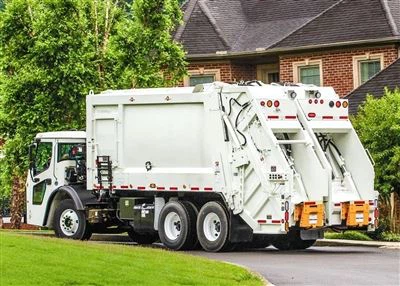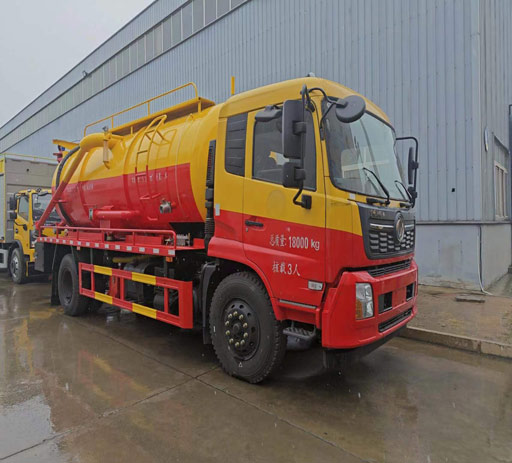Understanding Truck Petrol Tank Capacity: A Comprehensive Guide

Truck petrol tank capacity is a critical aspect to consider when selecting a vehicle, whether for personal use or commercial purposes. The size of the petrol tank affects the truck’s range, efficiency, and overall usability. In this article, we will explore everything you need to know about truck petrol tank capacity, including its importance, influencing factors, examples of different truck models, and practical tips for truck owners.
What is Truck Petrol Tank Capacity?
Truck petrol tank capacity refers to the volume of fuel that a truck’s fuel tank can hold, typically measured in gallons or liters. This capacity directly impacts how far a truck can travel on a single tank of fuel, influencing fuel efficiency, operating costs, and convenience during long trips.
The Importance of Petrol Tank Capacity
Understanding the petrol tank capacity is essential for several reasons:

- Range: A larger tank allows for longer distances between fill-ups.
- Cost Efficiency: Knowing the capacity helps manage fuel costs, especially for fleets.
- Planning: Accurate tank capacity information aids in trip planning and avoids unexpected stops.
Factors Influencing Truck Petrol Tank Capacity
Various factors can influence the petrol tank capacity of a truck. Understanding these factors can help potential buyers choose a truck that best fits their needs.
1. Truck Type
Different types of trucks, such as pickup trucks, box trucks, and semi-trucks, have varying petrol tank sizes. Generally, larger trucks tend to have bigger tanks.
2. Manufacturer Specifications
Each truck manufacturer has its design specifications, leading to different tank capacities. Popular brands offer different capacities within their model ranges.
3. Intended Use
The primary use of the truck plays a significant role. Trucks intended for long-haul transport often have larger tanks compared to those used for local deliveries.
4. Model Year
As technology and design evolve, newer models may offer improved efficiency and larger tanks compared to older models.
Table: Example Tank Capacities of Popular Truck Models
| Truck Model | Tank Capacity (Liters) | Type |
|---|---|---|
| Ford F-150 | 136 to 136 | Pickup Truck |
| Chevrolet Silverado 1500 | 98 to 132 | Pickup Truck |
| Ram 1500 | 98 to 121 | Pickup Truck |
| Freightliner Cascadia | 757 to 1130 | Semi-Truck |
| Isuzu N-Series | 75 to 105 | Box Truck |
How to Calculate Fuel Range Based on Tank Capacity
Calculating the potential driving range based on the petrol tank capacity and fuel efficiency can assist in planning trips effectively.
Steps to Calculate
- Determine Tank Capacity: Find the truck’s petrol tank capacity in liters or gallons.
- Know the Fuel Efficiency: Obtain the truck’s miles per gallon (MPG) or liters per 100 kilometers (L/100km) rating.
- Use the Formula:
For MPG: Range = Tank Capacity × MPG
For L/100km: Range = (Tank Capacity / 100) × 1000 / L/100km
Example Calculation
If you have a truck with a tank capacity of 100 liters and a fuel efficiency of 10 L/100km, the range would be:

Range = (100 / 100) × 1000 / 10 = 1000 km
Choosing the Right Truck Based on Petrol Tank Capacity
When choosing a truck, consider your specific needs to find the right petrol tank capacity.
1. Consider Usage Patterns
Evaluate how often you will need to refuel based on the truck’s intended use. If frequent long trips are necessary, opt for a larger tank.
2. Assess Budget
Keep in mind that larger tanks may lead to higher initial costs, but they might save you money in fuel expenses over time.
3. Look for Efficient Models
Consider newer truck models designed for fuel efficiency, as they might offer higher performance with smaller tank sizes.
Common Issues with Truck Petrol Tanks
Truck owners may encounter various issues concerning petrol tanks. Recognizing these concerns can help maintain vehicle integrity.
1. Age-Related Wear
As trucks age, fuel tanks may be susceptible to rust or corrosion, resulting in leaks. Regular inspections are essential to identify and address these issues early.
2. Improper Fueling Techniques
Fueling too rapidly can cause overflow and spillage. Always fuel the tank slowly to reduce the risk of spills.
3. Fuel Contamination
Contaminated fuel can damage the truck’s engine. It’s essential to use high-quality fuel and keep the tank clean.
Maintaining Your Truck’s Petrol Tank
1. Regular Inspections
Conduct routine checks to look for signs of leaks, corrosion, or wear.
2. Clean the Tank
Periodically clean the tank to prevent sludge buildup, which can affect fuel efficiency.

3. Use Appropriate Fuel
Always use the recommended type of fuel to prevent engine issues and maintain performance.
Frequently Asked Questions (FAQ)
1. What is the average petrol tank capacity for a truck?
The average petrol tank capacity can vary widely, but for most light-duty trucks, it ranges from 75 to 150 liters.
2. How can I increase my truck’s fuel efficiency?
Simple practices such as maintaining good tire pressure, avoiding aggressive driving, and keeping the truck well-maintained can enhance fuel efficiency.
3. Is a larger petrol tank always better?
A larger petrol tank is beneficial for long journeys, but it also adds weight, which can reduce efficiency. It’s essential to balance capacity with efficiency.
4. How often should I check my petrol tank?
It’s advisable to check the petrol tank monthly for signs of wear or damage and inspect it before long trips.
5. Can a small tank affect my driving experience?
Yes, a small tank may require more frequent refueling, which can be inconvenient during long journeys where fuel stations are sparse.
6. What should I do if I encounter a fuel leak?
If you detect a fuel leak, avoid using the truck and have it inspected by a qualified mechanic immediately.
